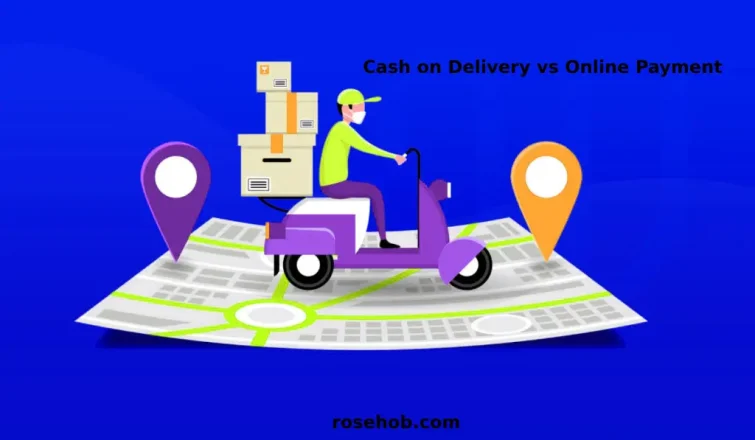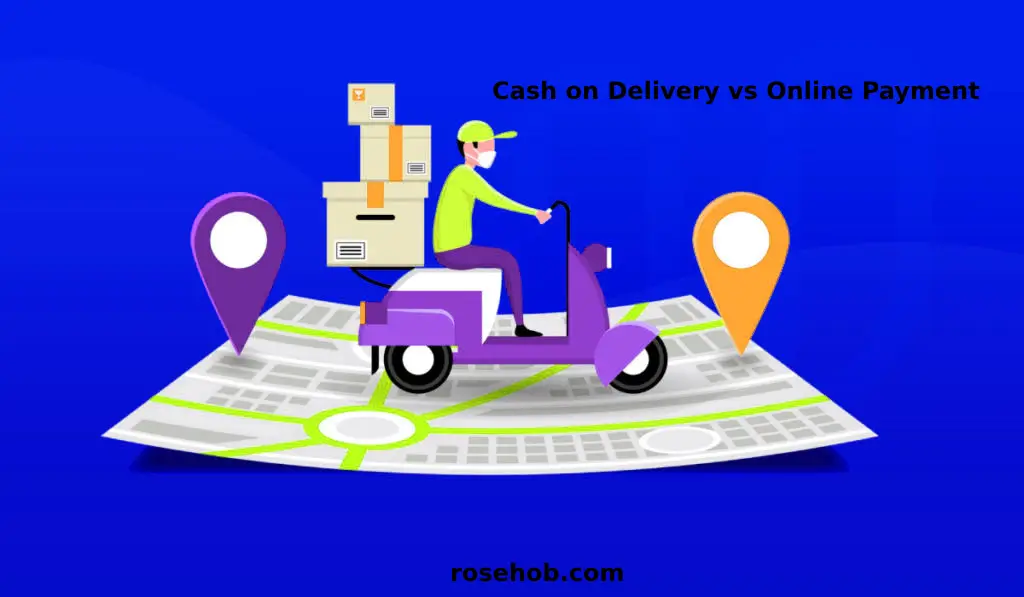As an online store owner, choosing the right payment method is a big decision. It affects your sales, your customers’ trust, and how smooth your operations run. Two of the most common options are Cash on Delivery (COD) and Online Payment. But which one works better for your business?

Let’s break them down—based on real-life use, not theory.
What Is Cash on Delivery (COD)?
Cash on Delivery allows customers to pay for their goods when they receive them. It’s widely used in many regions, especially where people are still skeptical of digital transactions. Some buyers prefer it because they can inspect what they’re getting before handing over any money.
COD is often seen as the safer option by customers who have had bad experiences online or who worry about fraud. In many cases, logistics partners accept both physical cash and card payments at the point of delivery.
But for the seller, COD comes with extra work. You have to wait for your money and manage returned or refused orders. Still, it plays a big role in markets where trust in digital payments is still growing.
What Is Online Payment?
Online payment happens during checkout. The customer pays using a debit or credit card, bank transfer, mobile wallet, or third-party service like Paystack, Flutterwave, or Stripe. It’s fast, secure, and instantly processes transactions—so your store can begin fulfillment right away.
Many eCommerce stores prefer online payment because it removes the need for cash handling and reduces the chances of delivery rejection. Plus, it gives you an edge if you’re planning to scale your business or enter new markets.
The Pros and Cons You Should Know for COD & Online Payment
Pros of Cash on Delivery
- Boosts buyer confidence – New customers are more likely to buy if they don’t need to pay upfront.
- Helps reach unbanked customers – Some people still don’t have cards or access to mobile banking.
- Better for rural or semi-urban markets – In places where online infrastructure is weak, COD fills the gap.
- Fewer failed transactions – No risk of payment issues, failed card charges, or banking downtime.
Cons of Cash on Delivery
- Slower cash flow – You don’t get paid until after the delivery is complete.
- Higher return rate – Customers may refuse delivery for various reasons, which adds cost.
- Manual handling stress – Delivery agents must carry change, handle cash, and report back.
- Operational delays – Sometimes payment reconciliation takes days, especially with third-party logistics.
Pros of Online Payment
- Instant payment confirmation – You know the money is in your account before shipping.
- Lower risk of cancellation – Prepaid customers rarely reject deliveries.
- Scalable model – Easier to manage high volumes without extra logistics pressure.
- Easier accounting – Payment gateways keep detailed reports and make bookkeeping cleaner.
Cons of Online Payment
- Trust barrier – New customers may worry about scams or hacked cards.
- Requires strong security – You’ll need SSL certificates, fraud protection, and a reliable gateway.
- Potential technical issues – Downtime, payment failures, or chargebacks can affect reputation.
- Excludes some customers – Not everyone is ready to adopt online payment fully, especially in older age groups.
Read Also
- 5 Things People Check Before Buying from Your Online Store
- TV Buying Guide: A Need-to-Know to Know What You Need
- Best Ways to Treat your skin to a home spa experience with Abigail James
- Robot Vacuums and Mops: The Effortless Way to Keep Your Floors Sparkling Clean
- 10 Must-Haves for Your Summer Vacation
- The Future of E-Commerce in the Post-Pandemic World
What Are Customers Looking For?
Your buyers don’t just care about price. They care about convenience, safety, and speed. Some will always go for the familiar—especially in markets where online fraud or delivery issues are common.
New or skeptical shoppers might prefer COD because it feels safer. But repeat buyers and digital-savvy customers often prefer online payment—it saves time and gives them peace of mind.
So how do you decide what to offer?
What’s Best for Your Business?
The ideal strategy isn’t to pick one method and stick to it forever. It’s to start with both and watch how your customers respond.
If most of your orders are COD, but you’re struggling with returns and cash flow, gradually push online payment. Offer small incentives like discounts or loyalty points to buyers who choose prepaid. If you already have a loyal audience, consider removing COD for specific products or regions to streamline operations.
Key tip: Don’t let COD hold back your growth. Use it to build trust, but plan to phase more customers into online payment as your brand matures.
Practical Tips for Store Owners
- Use a trusted payment gateway – Pick one that supports local currencies, refunds, and card security.
- Communicate clearly – Let customers know what to expect. Display security badges, refund policies, and delivery timelines.
- Track your metrics – Monitor refund rates, failed deliveries, and customer feedback per payment method.
- Use fraud protection tools – Especially for online payment. Filter suspicious transactions early.
- Train your delivery team – If you offer COD, make sure they’re efficient and trustworthy with cash handling.
Final Thoughts
Both COD and online payment have their place in eCommerce. The smart move is to balance both, learn from your customers’ habits, and guide them toward what works best for your business.
In the long run, online payment will save you time, reduce costs, and help your store scale faster. But COD can be the bridge that gets hesitant shoppers to trust you.
The key is flexibility—and knowing when it’s time to adapt.




 No products in the cart.
No products in the cart.